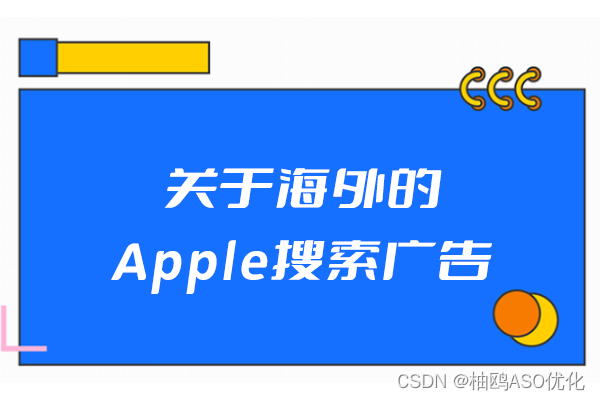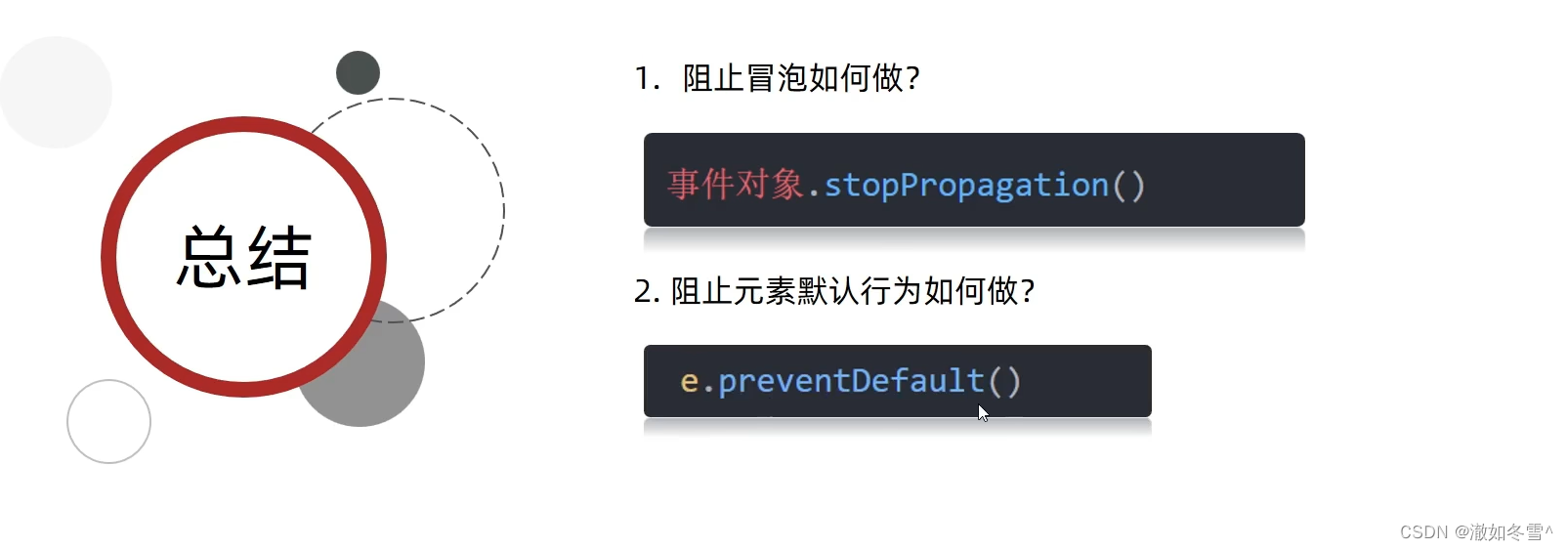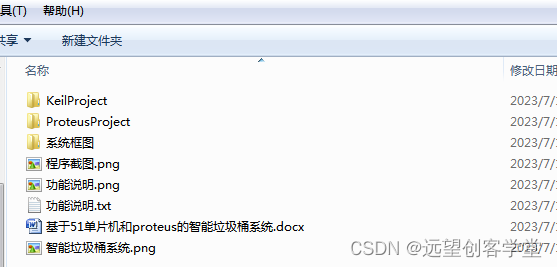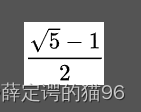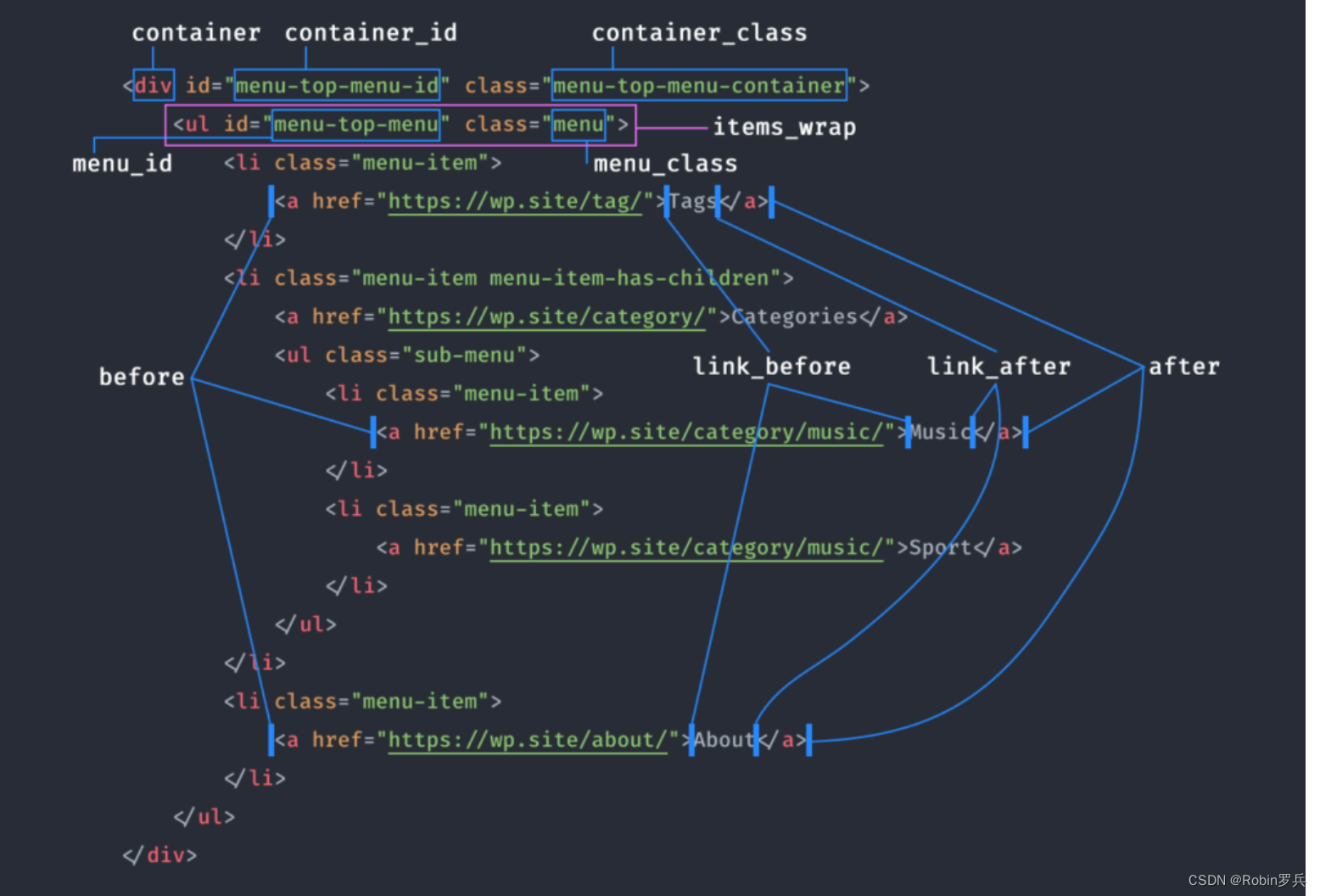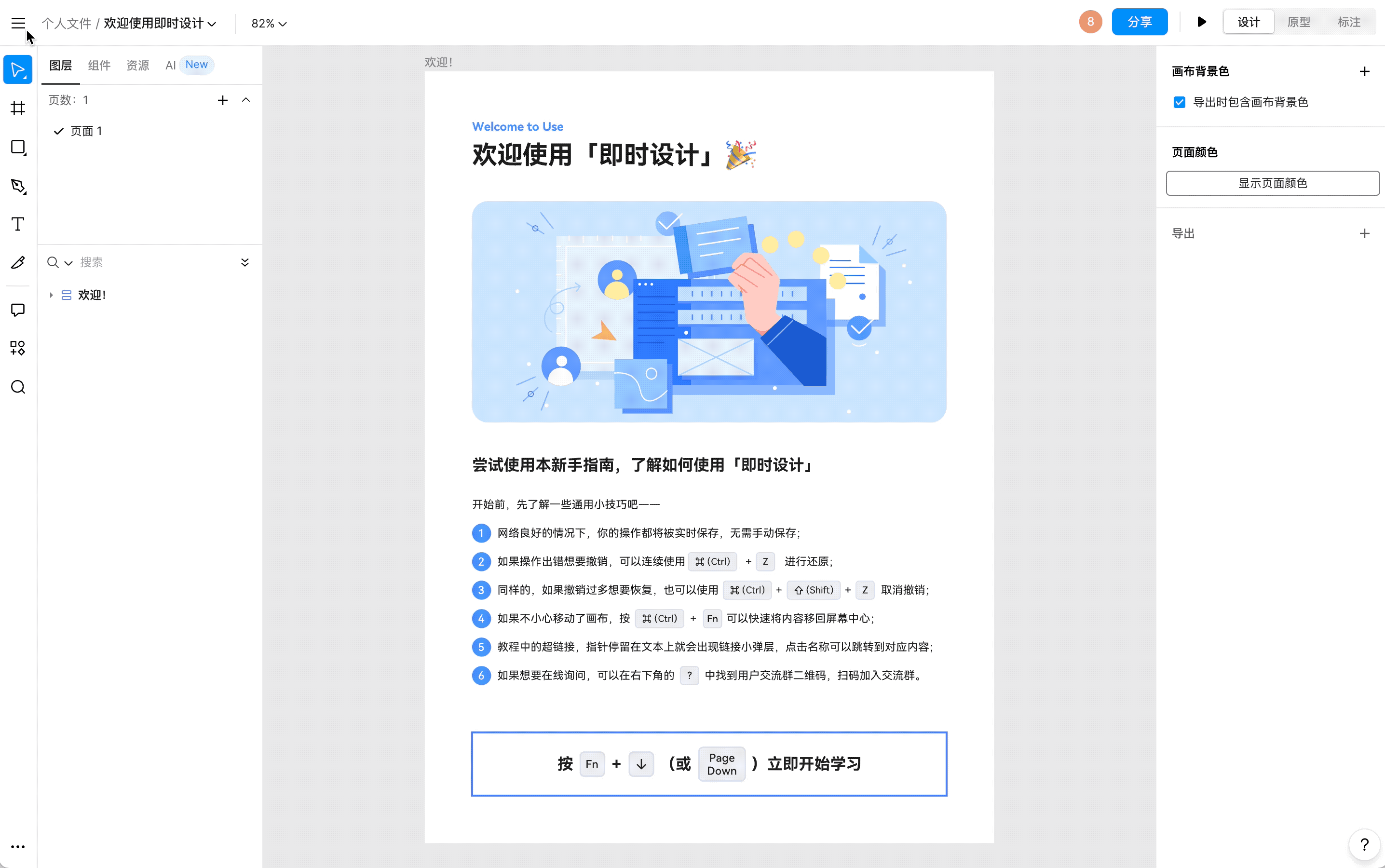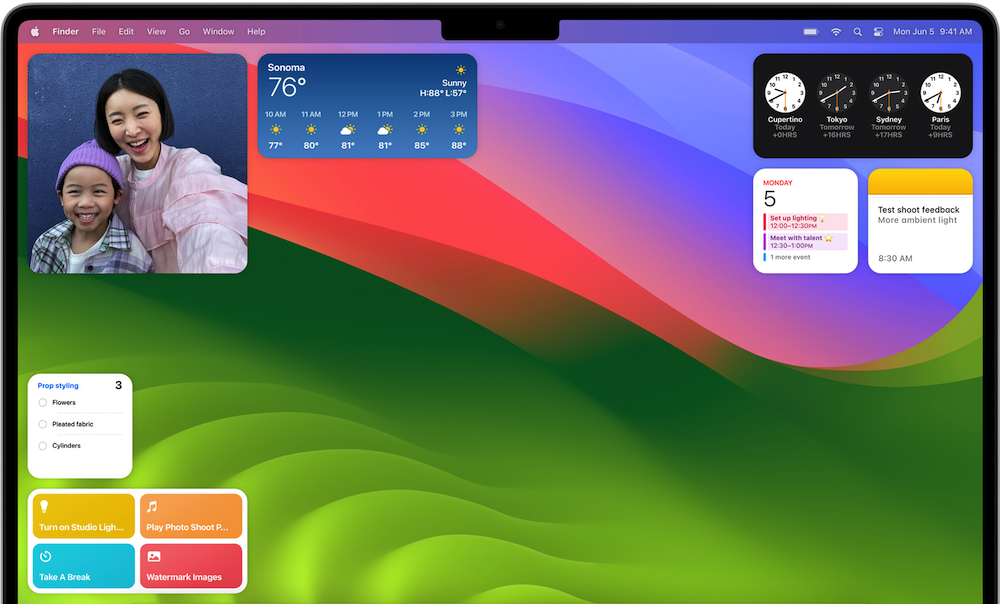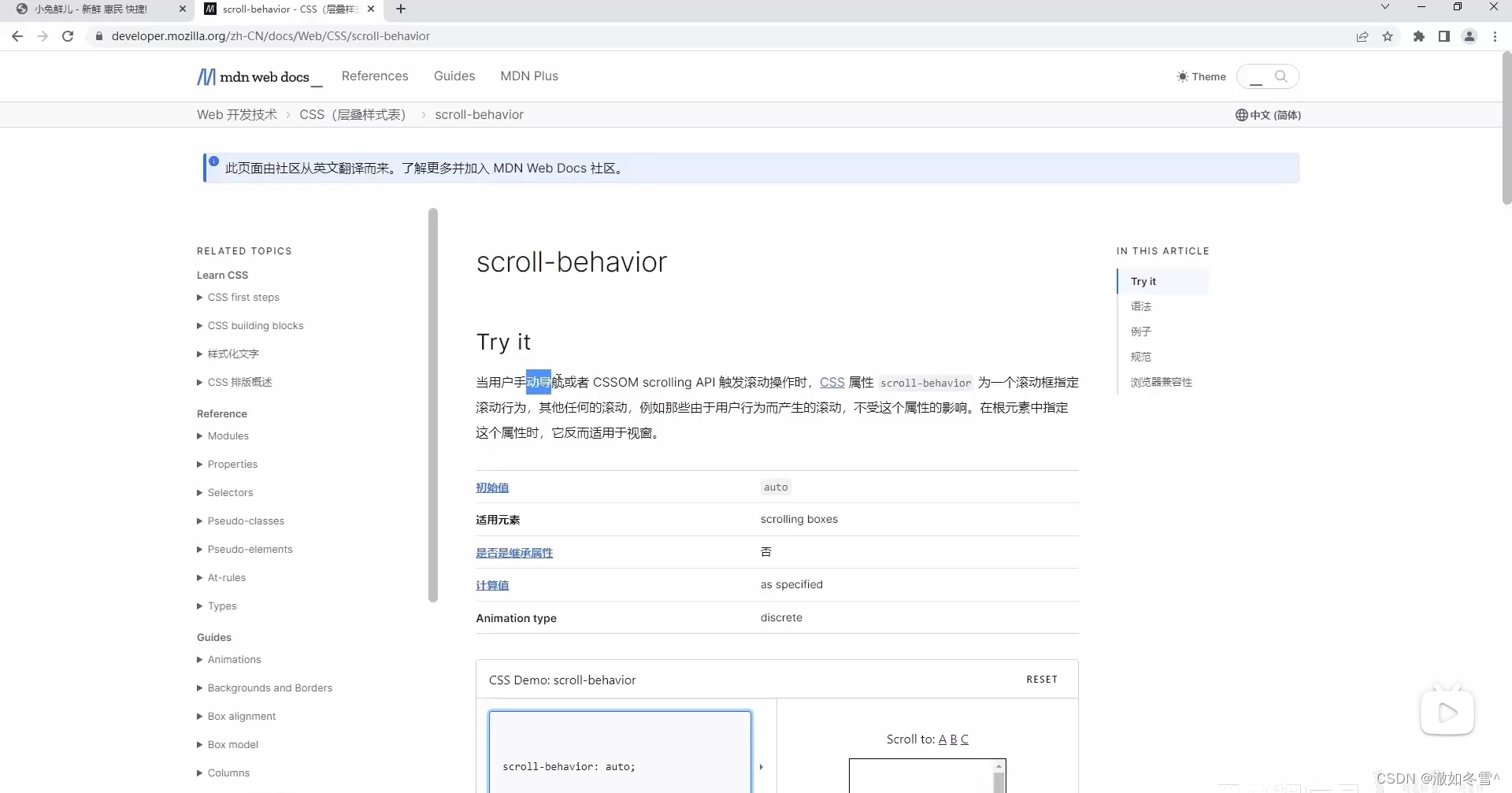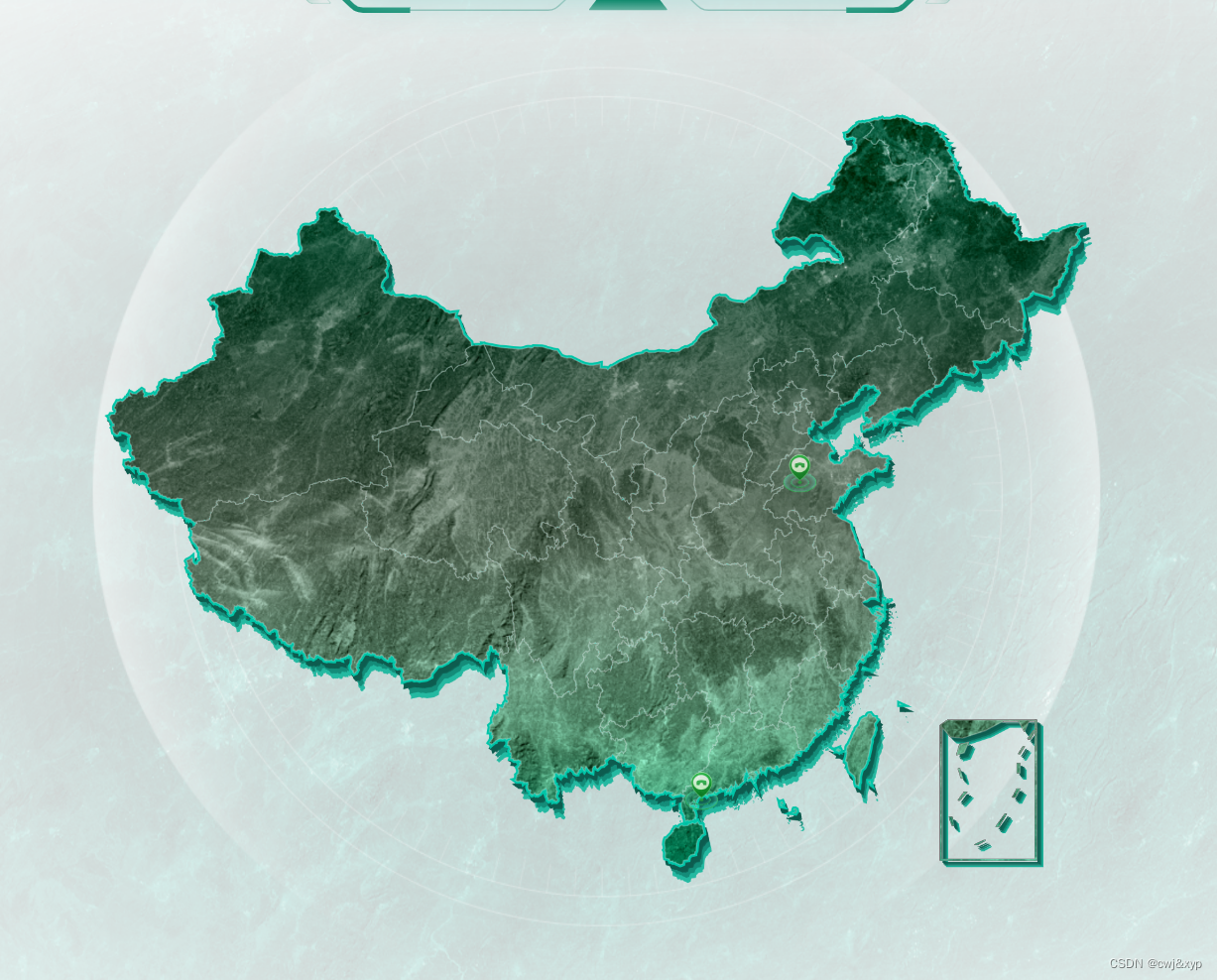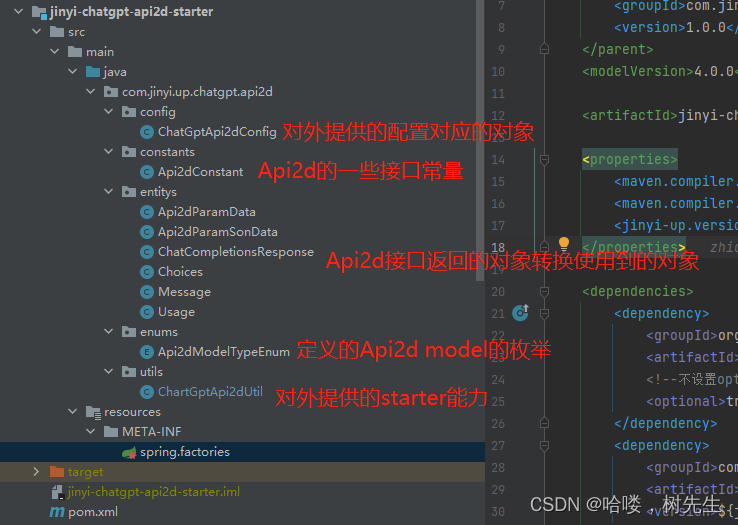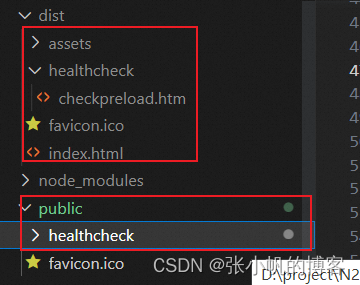「作者主页」:士别三日wyx
「作者简介」:CSDN top100、阿里云博客专家、华为云享专家、网络安全领域优质创作者
「推荐专栏」:小白零基础《Python入门到精通》
replace函数使用详解
- 1、不改变原字符串
- 2、指定替换次数
- 3、转义符
- 4、替换列表、元组、字典的元素
- 5、连续替换
replace() 可以「替换」字符串中的内容
语法
string.replace( old, new, count )
参数
- old :(必选,字符串类型)被替换的字符串
- new :(必选,字符串类型)替换后的字符串
- count :(可选,整型)替换的次数
返回值
- 返回替换后的新字符串
实例:将字符串中的 “hello” 替换成 “world”
str1 = 'hello hello hello hello world'
str2 = str1.replace('hello', 'world')
print(str2)
输出:
world world world world world
1、不改变原字符串
因为Python中的字符串是「不可变」的,所以 replace() 不会改变原字符串的内容,而是返回一个新的字符串。
我们分别打印替换前、后的两个字符串「内容」和「内存地址」。
str1 = 'hello hello hello hello world'
print(id(str1))
str2 = str1.replace('hello', 'world')
print(str1, id(str1))
print(str2, id(str2))
输出:
2834751121168
hello hello hello hello world 2834751121168
world world world world world 2834751121568
可以看到,原字符串的内容和内存地址没有发生变化。
2、指定替换次数
「不指定」次数,默认替换「所有」匹配到的字符串
str1 = 'hello_1 hello_2 hello_3 hello_4'
print(str1.replace('hello', 'world'))
输出:
world_1 world_2 world_3 world_4
替换次数为「正数」时,按照从左到右的顺序替换,设置几次就替换几次
str1 = 'hello_1 hello_2 hello_3 hello_4'
print(str1.replace('hello', 'world', 1))
print(str1.replace('hello', 'world', 3))
输出:
world_1 hello_2 hello_3 hello_4
world_1 world_2 world_3 hello_4
替换次数为「负数」时,无论负几,都会替换所有匹配到的内容
str1 = 'hello_1 hello_2 hello_3 hello_4'
print(str1.replace('hello', 'world', -1))
print(str1.replace('hello', 'world', -3))
输出:
world_1 world_2 world_3 world_4
world_1 world_2 world_3 world_4
指定的次数必须是「整型」,否则会报错 TypeError: ‘str’ object cannot be interpreted as an integer

或者 TypeError: integer argument expected,

3、转义符
字符串中的转义符不会打印出来,但 replace() 可以替换这些转义符,比如替换换行符\n
str1 = 'hello world\n'
print(str1)
print(str1.replace('\n', ' new'))
输出:
hello world
hello world new
从结果可以看到,替换前会换行,替换后不会换行,因为转义符被替换掉了。
4、替换列表、元组、字典的元素
对「列表」中的元素使用 replace() ,可以使用下面这种方式
arr = ['hello', 'hello', 'hello']
print([string.replace('hello', 'world') for string in arr])
输出:
['world', 'world', 'world']
这种方式本质上是生成了一个「新数组」,我们可以看一下内存地址
arr = ['hello', 'hello', 'hello']
print(id(arr))
print(id([string.replace('hello', 'world') for string in arr]))
输出:
1658941612416
1658941612544
或者使用「循环」的方式替换列表中的元素,这种方式不会生成新数组,替换前、后的内存地址是一样的。
arr1 = ['hello', 'hello', 'hello']
print(arr1, id(arr1))
for a in range(len(arr1)):
arr1[a] = arr1[a].replace('hello', 'world')
print(arr1, id(arr1))
输出:
['hello', 'hello', 'hello'] 1672076599552
['world', 'world', 'world'] 1672076599552
替换「元祖」中的元素,需要先转成列表,再循环替换,替换完成再转回元组,这种方式同样会改变内存地址。
tu = ('hello', 'hello', 'hello')
print(id(tu))
arr1 = list(tu)
for a in range(len(arr1)):
arr1[a] = arr1[a].replace('hello', 'world')
tu = tuple(arr1)
print(tu, id(tu))
输出:
2255689005696
('world', 'world', 'world') 2255689005824
替换「字典」的值,直接循环替换
dic = {'key1': 'zhangsan', 'key2': 'lisi'}
for a in dic:
dic[a] = dic[a].replace('zhangsan', 'new')
print(dic)
输出:
{'key1': 'new', 'key2': 'lisi'}
5、连续替换
因为 replace() 返回的是一个字符串,所以我们可以对返回的结果再次replace(),比如下面这样:
str1 = 'zhangsan lisi wangwu'
print(str1.replace('zhangsan', 'new').replace('lisi', 'new'))
输出:
new new wangwu
有多个内容需要替换时,可以使用这种简化的方式。



